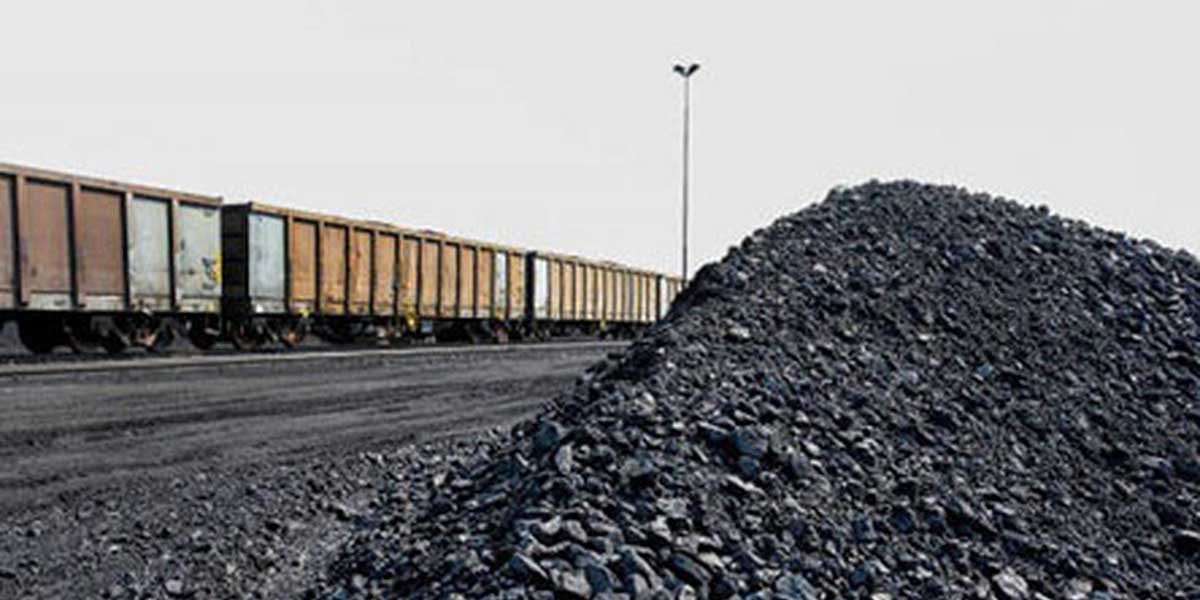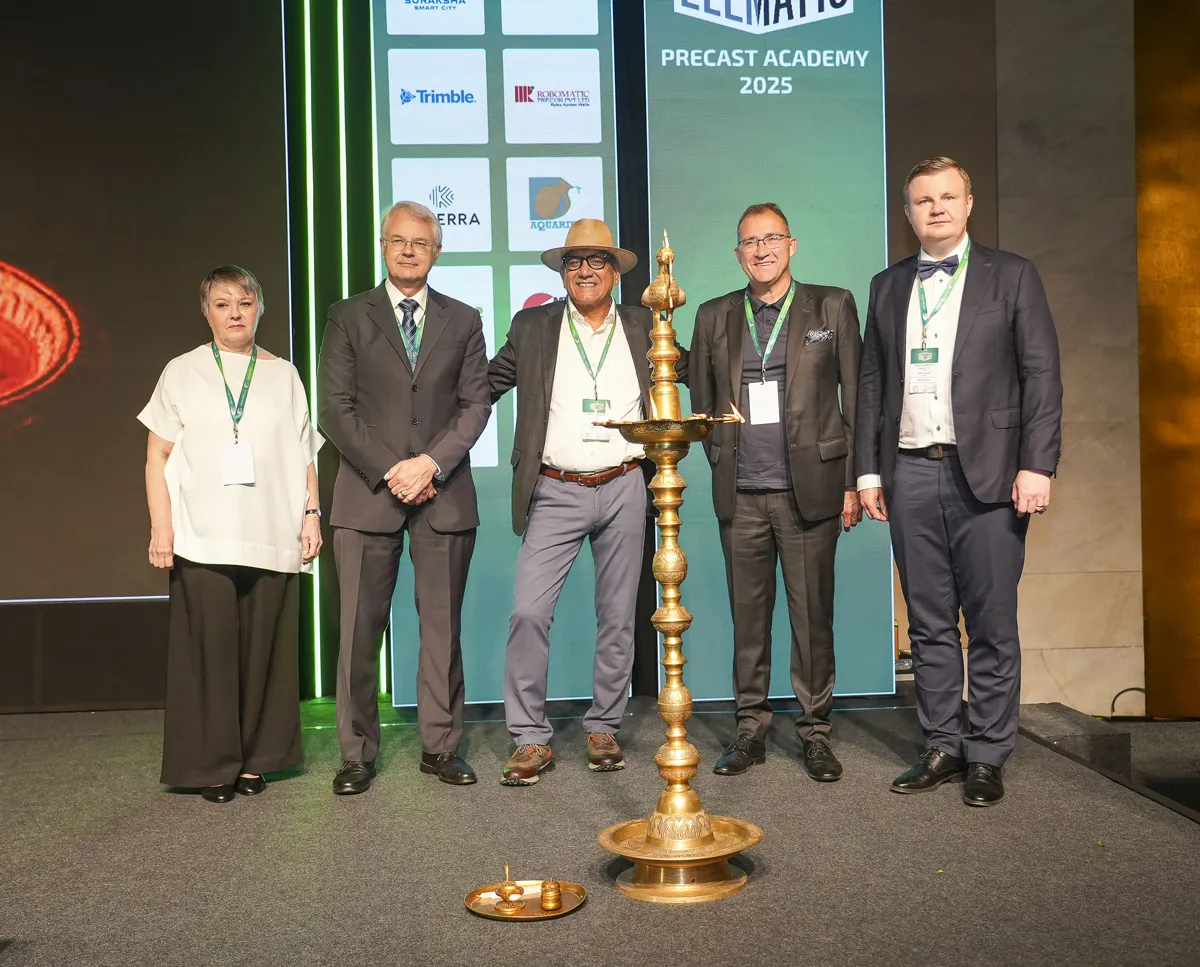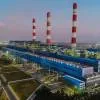
Railways aim to use multiple waggon tipplers to unload coal

Precast Academy 2025 Launched in Hyderabad
Elematic Oyj, a global leader in precast concrete technology, launched Precast Academy 2025 in Hyderabad to accelerate India’s construction transformation. The two-day event brought together leading developers, contractors, and international experts to discuss speed, quality, and sustainability in urban development. Opening the event, Kimmo Lähdevirta, Ambassador of Finland to India, said: “We see India as huge opportunity for Finnish companies to participate in the growth and bring our expertise and innovations to the Indian market. Precast construction has its origins in Finland si..

Hyderabad Financial District Evolves into a City Within a City
The Financial District in Hyderabad is rapidly transforming into more than just a business hub—it is evolving into a “city within a city,” a compact ecosystem where work, home, education, healthcare, and lifestyle coexist seamlessly. This vision was reinforced at a press conference hosted by ASBL, where data and insights highlighted why the Financial District has become one of India’s most resilient and future-ready real estate markets. Over the past four years, rental appreciation has consistently outpaced the city average, underlining genuine demand. In FY 2024–25 alone, 3BHK ..

TOTO Expands Bathroom Portfolio in India
TOTO India has expanded its product portfolio with the launch of season-inspired basins, premium faucets, and a new water-efficient WC range. The new additions reflect the brand’s philosophy of combining Japanese craftsmanship, technology, and design with sustainable living. The season-themed basins, enhanced with TOTO’s CEFIONTECT glaze, are offered in four shades—Forest Green, Mandarin Orange, Scarlet Red, and Ash Blue—each inspired by a season. Complementing these are faucets in Rose Gold and Graphite finishes, crafted with PVD technology for durability and manufactured using p..
















